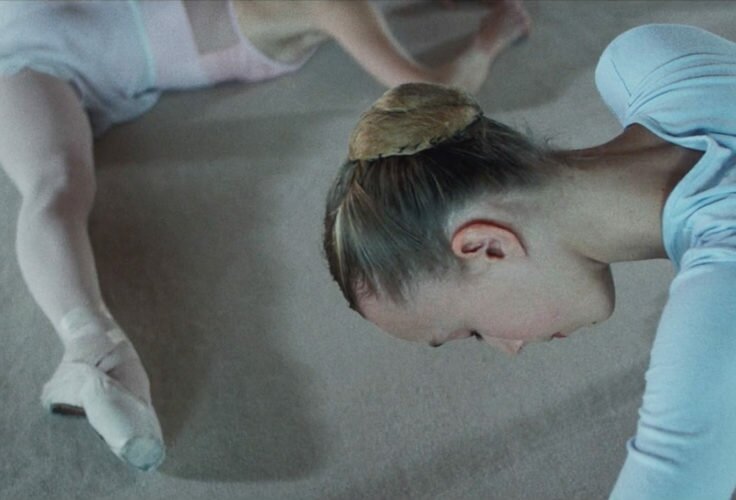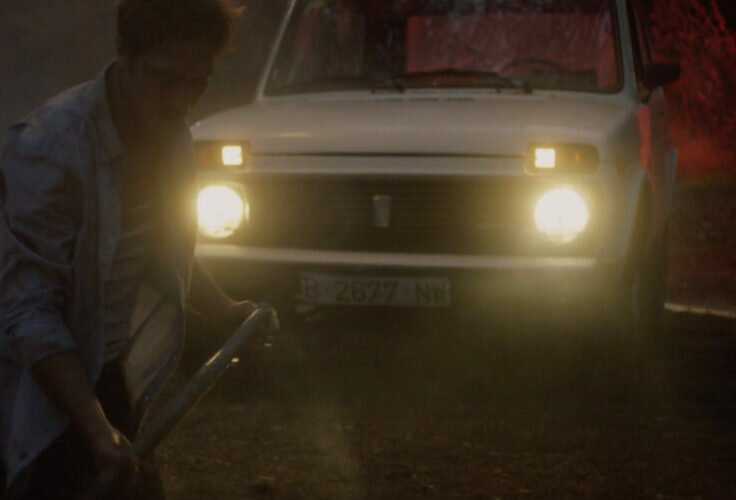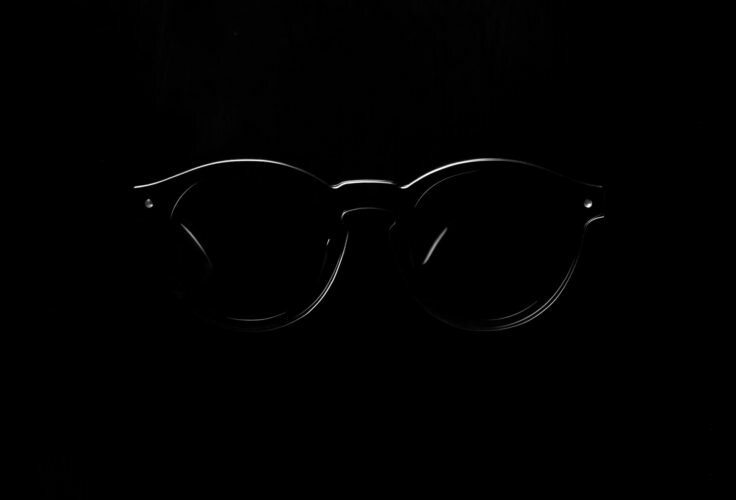Drake ha hecho un videoclip sobre recibir un tartazo en la cara, Child’s Play. Tyra Banks es la lanzadora. Y Ben Tuthill el testigo.
JOANNA NEWSOM
By
Ben Tuthill
Share



The past couple months have blessed us with Paul Thomas Anderson’s return to music videos. With the exception of 2013’s , Anderson hasn’t made a music video since he made Punch- Drunk Love. That one (along with most of the one’s before it) was for Fiona Apple, and it helped to make one of MTV’s most deliberately self-alienating stars a little more scrutable. It’s fitting then that his return is accompanied by Joanna Newsom, perhaps one of the least comprehensible figures in contemporary popular music.
Paul Thomas Anderson has made a living playing real-life extraordinariness against its transcendental potential. His characters -cult leaders, porn stars, oil tycoons- aren’t “everyday” by any means, but they’re very much a part of this world. Until, that is, they’re not (a bowling pin in their hands becomes a tool of biblical justice); an enormous set of genitals becomes a golden calf of pseudo-redemption. Realism taps out, the eschatological narrative steps in, and suddenly the extraordinary feels a bit more leveled. Anderson’s characters feel more than anything like “characters” acting out roles from a wry divine script written by a less-than-considerate God. His movies are more humbling than they are humanist, closer to Flannery O’Connor than Terrence Malick.
Joanna Newsom is a perfect P.T.A. subject (actually, she’s the mysterious narrator of ): a very real human being who seems to be playing out narratives far beyond anything resembling normal experience. It’s hard not to feel alienated by her music; not because it’s unpleasant, but because it seems to reflects an experience that most of us will never experience. A romanticism? A violence? I don’t know, I don’t get it: she’s operating on an abstract plane of saturated femininity that she maybe only shares with and .
Her first collaboration with Anderson, is staggeringly normal. How many videos show young women in jackets walking around the West Village, singing to themselves? Sapokanikan is better than most of them, for reasons I can’t quite explain. It’s captivating, I think, because Newsom is so clearly a part of the sidewalks she’s walking through. She’s in her own world, sure, singing to herself about something that nobody around her (certainly not me) can relate to (but she’s responding, tacitly, to the world that flows around her). As she passes a blaring firetruck near the end her face fills up with quiet melancholy, the kind of sadness you get when you find out an acquaintance’s mother died and don’t know quite why you feel so affected by it. It’s not mystical, it’s not affected: it’s a woman, contemplating her experience, walking down the street. We’ve all been caught in our own worlds, and we’ve all experienced those worlds getting tied up in the world around us. Is the tragedy in Sapokanikan or is an emergency fire? Maybe both of them are, for both the same reasons.
Her latest video, Divers, leaves the quotidian behind but not the ordinary. Newsom gets cast as a PoMo Mona Lisa, singing bittersweetly about an equally inscrutable topic but this time over a saturated mountain range with LSD cloudscapes. My editor Joan described it to me as “beautiful-awful, like a cupcake shop or a vintage postcard”, which isn’t a bad way to put it. At first it’s too much, but after seven minutes there’s something calming about it. The gaudiness becomes sort of lovely, and the experience of towering over a tripped-out mountain scene becomes oddly relatable.
It shouldn’t work, but it does. Unlike other weirdo music video giants (I’m thinking most specifically of and ), Joanna doesn’t use her weight to dominate her setting. She’s plays the goddess, but it’s a peaceful W iccan goddess more than the vindictive Greek variety. Her presence fades into her setting instead of dominating it. More than that, though, her setting dominates her. She bends down to see through clouds, her mouth is blocked out by mountaintops. She occupies a position that seems to transcend the world, but (like the noise on 6th Avenue) the world isn’t something you escape from.
Against all odds, then, Divers is bizarrely humanizing. Like so many of Anderson’s projects, it takes an obscure object of adoration and makes it somehow human. Not by constructing relatability (porn stars, cult leaders, oil tycoons… they’re just like us!) but by demonstrating that the world beats down on gods every bit as much as it beats down on all of us. Transcendence, whatever it is, might be real, but that doesn’t mean it will happen for you or me. Divers goes to show that it doesn’t happen for freak-folk goddesses either. I will never be a semi-translucent giant standing over an apocalyptically lit Pyrenees landscape. But if I were I imagine I’d feel every bit as trapped by it as Joanna Newsom



















